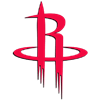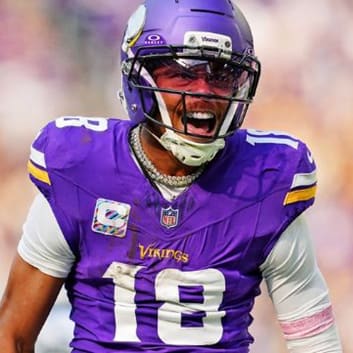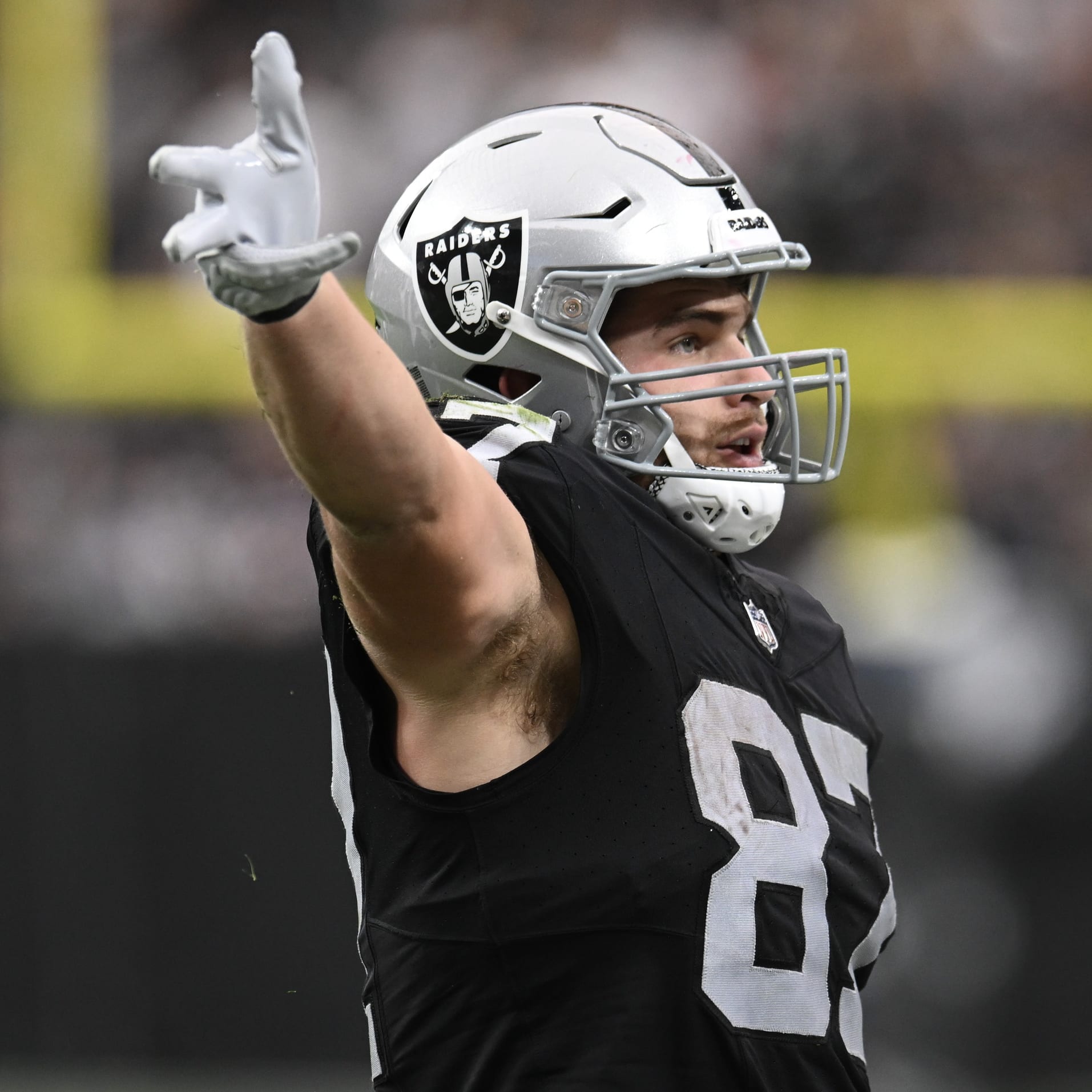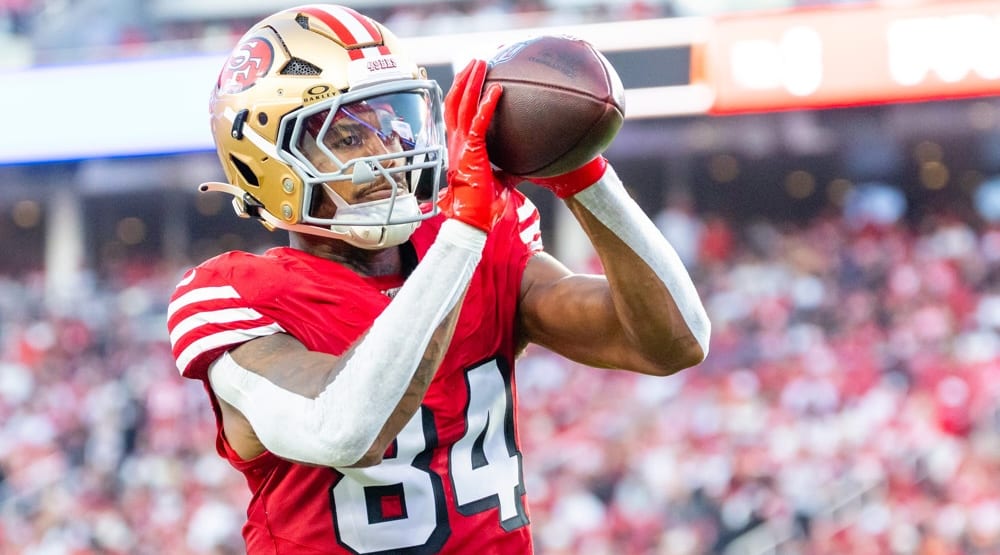The Washington Football Team lost their latest starting quarterback to a serious hip injury that could keep him sidelined for up to eight weeks. Fitzpatrick suffered a right hip subluxation in the second quarter of the team's loss to the Chargers, an injury later confirmed by MRI. A subluxation, also known as a partial dislocation, occurs when a joint is forced out of its normal alignment, but only temporarily. Subluxations generally reduce, or return to normal alignment, without outside assistance. However, even if the joint goes back in place, there are still ramifications following the undue stress placed on the area. Generally, this involves soft tissue structures like ligaments or stabilizing cartilage. Multiple major ligaments stabilize the acetabulofemoral joint (ball-and-socket joint) of the hip, along with a ring of cartilage known as the labrum. When the head of the femur displaces from the hip, it often does so at the expense of the labrum and/or these ligaments. Fitzpatrick's eventual return will be dictated by the severity of the soft tissue damage and any necessary treatments. Washington is sending Fitzpatrick to multiple specialists to determine the extent of his injury and the most appropriate approach to care. In the meantime, Taylor Heinicke will take over as the starting quarterback. The fourth-year pro completed 11 of 15 passes for 122 yards and a touchdown after replacing Fitzpatrick.
The Broncos wideout suffered a scary looking ankle injury in Sunday's win over the Giants. Jeudy's leg was trapped
The Washington Football Team lost their latest starting quarterback to a serious hip injury that could keep him sidelined for up to eight weeks. Fitzpatrick suffered a right hip subluxation in the second quarter of the team's loss to the Chargers, an injury later confirmed by MRI. A subluxation, also known as a partial dislocation, occurs when a joint is forced out of its normal alignment, but only temporarily. Subluxations generally reduce, or return to normal alignment, without outside assistance. However, even if the joint goes back in place, there are still ramifications following the undue stress placed on the area. Generally, this involves soft tissue structures like ligaments or stabilizing cartilage. Multiple major ligaments stabilize the acetabulofemoral joint (ball-and-socket joint) of the hip, along with a ring of cartilage known as the labrum. When the head of the femur displaces from the hip, it often does so at the expense of the labrum and/or these ligaments. Fitzpatrick's eventual return will be dictated by the severity of the soft tissue damage and any necessary treatments. Washington is sending Fitzpatrick to multiple specialists to determine the extent of his injury and the most appropriate approach to care. In the meantime, Taylor Heinicke will take over as the starting quarterback. The fourth-year pro completed 11 of 15 passes for 122 yards and a touchdown after replacing Fitzpatrick.
The Broncos wideout suffered a scary looking ankle injury in Sunday's win over the Giants. Jeudy's leg was trapped underneath him as he was tackled, violently twisting. Further testing revealed the bones of Jeudy's leg fortunately did not break, but instead the ligaments of the ankle were damaged in the takedown. The typical ankle sprain involves the lateral aspect of the ankle joint, but Jeudy's sprain is not a "normal" ankle sprain. Instead, the receiver has suffered the dreaded high ankle sprain.
A high ankle sprain has gained infamy in fantasy circles over the past few years. Players like Michael Thomas, Saquon Barkley and Christian McCaffrey have all sustained the injury in recent seasons, derailing fantasy title aspirations in the process. A high ankle sprain occurs to a different joint than a lateral ankle. The lower bones of the leg extend below the knee with their distal ends creating a roof over the talus of the foot, forming what is known as the ankle mortise. A strong ligament known as the interosseous ligament stretches across the tibia and fibula connecting the two leg bones and fortifying the mortise. Two more ligaments, the anterior and posterior tibiofibular ligaments, provide additional support to the area. A high ankle sprain occurs when one or more of these ligaments is sprained.
Though the approach in treatment is often the same as with a normal ankle sprain, high ankle sprains often require more time to fully heal. The primary reason for the extra recovery time is the injury can negatively impact the overall stability of the joint and, in some cases, lead to widening of the ankle mortise. Occasionally surgery is required.
It looks as though Jeudy will avoid a trip to the operating room, but he's looking at an extended absence. Early estimates have him out for four to six weeks. Given the demands of the position and precedent set by players like Thomas and McCaffrey, look for Jeudy to come back on the latter end of that estimated timeline. Tim Patrick, KJ Hamler and Diontae Spencer all move up the depth chart with Jeudy out. Patrick and Hamler were each targeted four times in Week 1 with Patrick hauling in a touchdown.
The 49ers running back will be out for at least eight weeks after it was determined the knee injury suffered in Week 1 will require surgery. Mostert was injured after just two carries and testing revealed he sustained cartilage damage in the joint. The timeline suggests he will undergo a debridement procedure in which the "chipped" cartilage is simply removed. Mostert has a lengthy history of injuries, including a prior MCL sprain and it wouldn't be surprising to see his recovery extend beyond the projected eight weeks. The San Francisco backfield is a bit difficult to navigate but it does appear rookie Elijah Mitchell has the edge on the feature back role. Mitchell received the bulk of the carries after Mostert went down, finishing with 19 carries for 104 yards. Trey Sermon has the pedigree but was a healthy inactive for Week 1. JaMycal Hasty also received some action, hauling in a 15-yard catch and rushing for a touchdown on his lone carry.
Turf Burns
Saquon Barkley, Odell Beckham and Joe Burrow: The trio of players all spent their offseasons working their way back from surgeries to repair torn anterior cruciate ligaments (ACL). Each player came with his own timeline given the timing and complexity of each individual injury. I detailed each of these situations specifically during the offseason and predicted when and what their returns would look like. So far, my prognostications have been fairly accurate. I predicted a Week 1 return for Burrow with a strong chance of him returning to a high level. I was confident Barkley would also play in Week 1 but that the Giants would carefully monitor his workload. Finally, I expected Beckham to have the hardest path back. His Week 1 no show is relatively unsurprising, given his history of injuries and the timing of his ACL tear. I suspect Burrow is his usual self moving forward with Barkley gradually building up his role and productivity. Beckham will continue to improve with more practice reps and will likely be a game-day decision again. Remain patient with each and remember all three are trending in the right direction.
Michael Gallup: The Cowboys receiver will miss at least three weeks after being placed on the IR with a calf strain. Gallup was injured in the second half of Dallas' Week 1 loss to Tampa Bay. Calf injuries can be tricky to manage, especially for wide receivers, and the IR designation protects Gallup from trying to return prematurely. While he will be eligible to return in Week 5 against the Giants, the early reports suggested the Cowboys were preparing for him to miss as much as five weeks. As a result, I suspect Gallup misses more than the minimum amount of time. Cedrick Wilson will shift into the third receiving slot in Dallas behind Amari Cooper and CeeDee Lamb.
Josh Jacobs: The Raiders running back was battling two separate injuries entering Monday's contest with the Ravens. Limited by a toe injury throughout the week leading into the game, Jacobs also came down with a non-COVID illness. While he was active and managed to find the endzone multiple time, Jacobs appeared hampered at various points throughout the game and was seen changing his cleats. The Monday Night telecast referred to the injury as turf toe, an injury that could easily linger for the foreseeable future. Those invested in Jacobs may want to make a play for Kenyan Drake if he isn't already on your roster or have a reliable insurance policy handy should he miss time or remain limited.




































